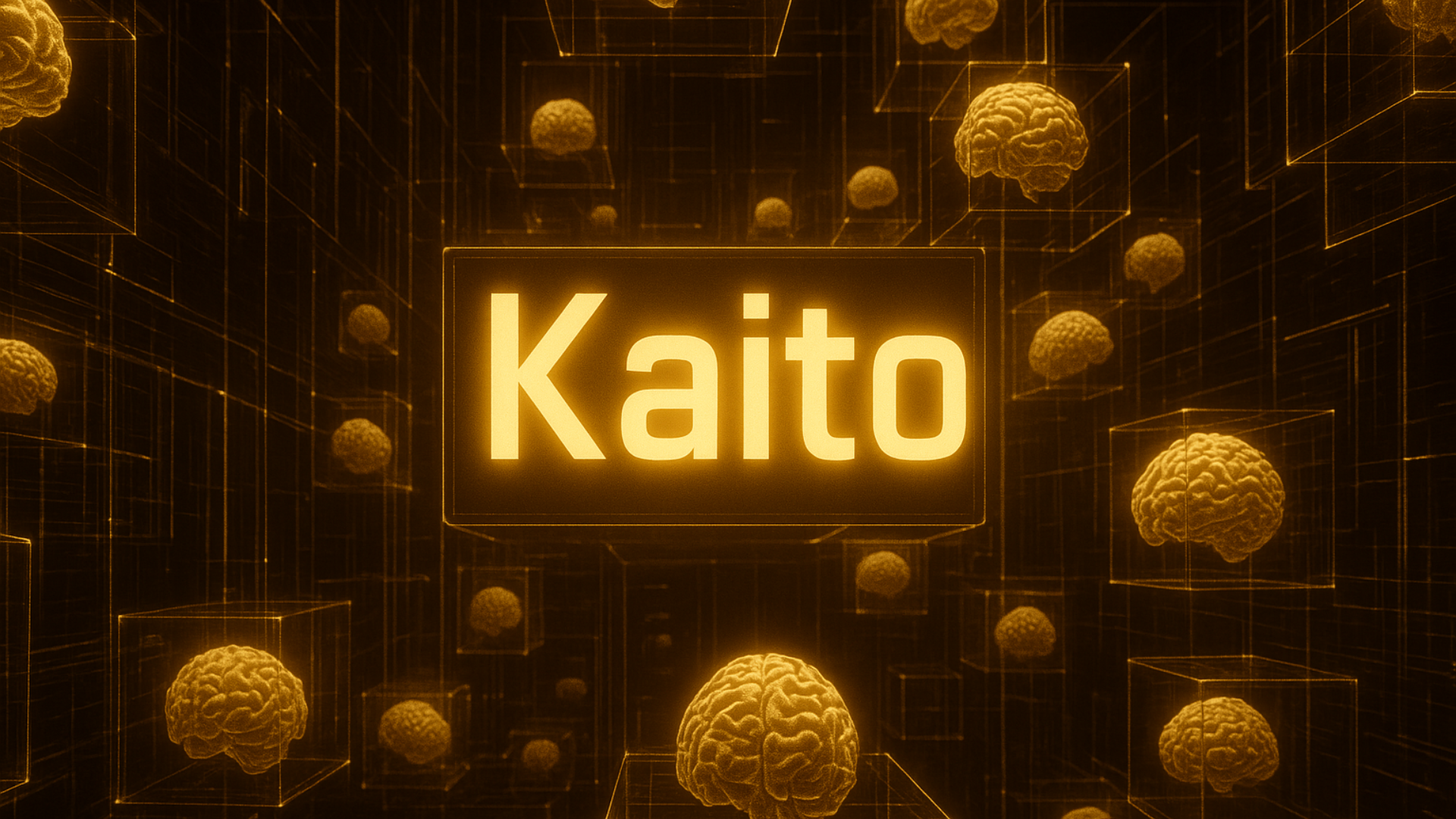
Datagram, a rising player in the decentralized infrastructure space, has officially launched its Core Substrate, a connectivity baselayer designed to support scalable, real-world decentralized applications (dApps) and DePIN (Decentralized Physical Infrastructure Networks). The rollout provides a plug-and-play backend alternative to centralized cloud giants like AWS — and it’s now live.
In an exclusive with crypto.news, Datagram revealed that Core Substrate is already in advanced partnership discussions with several leading blockchain ecosystems. The platform empowers developers to build and deploy custom DePIN networks without the technical complexity typically tied to Web3 development.
A Foundation for the DePIN Movement
Built to serve as a foundational layer akin to Cosmos SDK or Polkadot’s Substrate, Datagram’s offering stands out with its real-time readiness and ease of integration. Unlike traditional blockchain toolkits, Core Substrate is tailored for developers aiming to launch decentralized services immediately, without grappling with on-chain intricacies.
“What we really are is a substrate and foundation upon which other DePINs can be built and can operate,” said Jason Brink, co-founder of Datagram. “When you think of Ethereum, you think of token launches. When you think of Solana, you think of meme coins. When you think of DePIN, you should think of Datagram.”
Use cases already being explored include:
- Content delivery networks (CDNs)
- Decentralized SaaS
- AI inference workloads
- Real-time multiplayer game synchronization
Cloud-Grade Performance with Web3 Benefits
Datagram’s infrastructure provides a decentralized backbone for services like file storage, distributed computing, and real-time communications — cutting costs by 70–90% compared to traditional cloud providers and eliminating vendor lock-in.
Unlike many blockchain projects that require Web3-native knowledge, Datagram abstracts and automates on-chain operations, making it accessible to developers and businesses unfamiliar with blockchain architecture.
One of the most innovative aspects of Core Substrate is its ability to handle real-time UDP-based communications across decentralized nodes — a crucial requirement for latency-sensitive applications like video conferencing, voice chat, multiplayer games, and AI compute.
Transforming the Backend of Web3 and Beyond
By making decentralized infrastructure more accessible and performant, Datagram aims to redefine how developers and enterprises think about backend services. The company positions itself not just as another blockchain solution, but as a true alternative to centralized cloud ecosystems — with the added benefits of privacy, cost-efficiency, and decentralization.
With Core Substrate now live and expanding its integration landscape, Datagram could soon become the go-to layer for a new generation of DePIN projects — and a key player in reshaping how infrastructure is built for the decentralized web.






































































































































































































































































































































































































































































































































































































































































































































































































































































































































































































































































































































